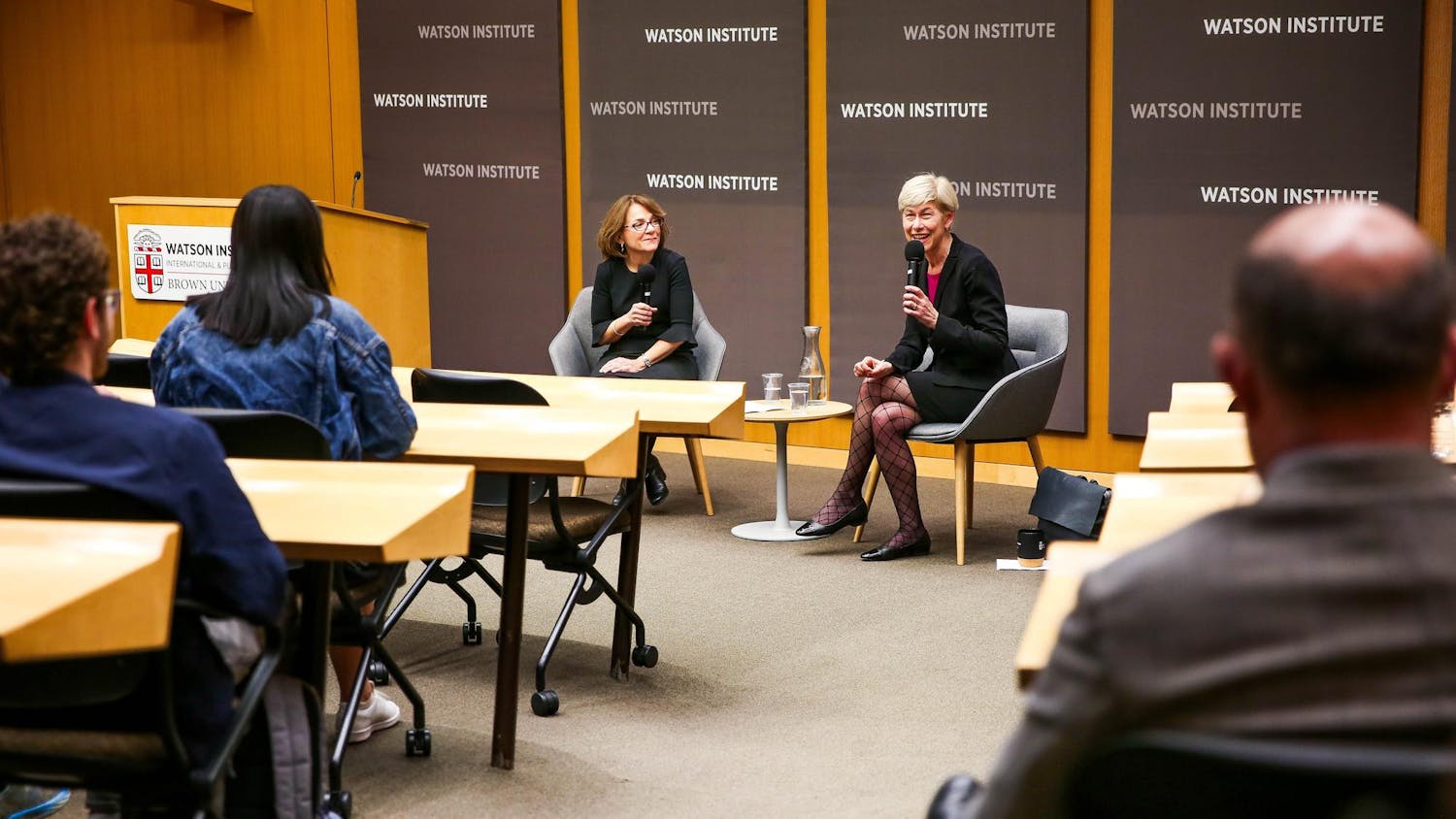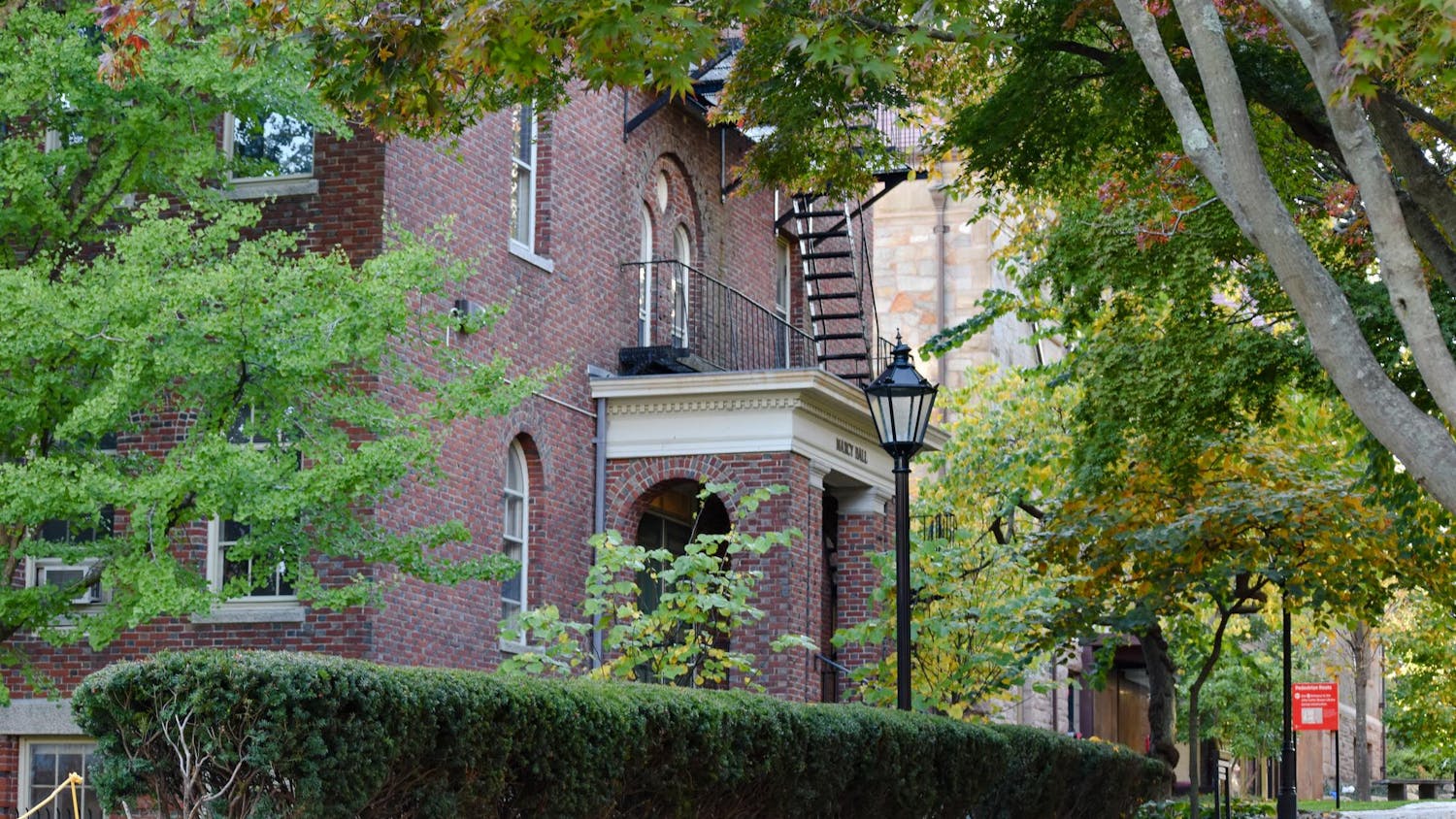Students, faculty and staff now have an easier way to connect to wireless Internet for free when visiting a select group of other colleges and universities.
Eduroam — a service that allows users from participating institutions to connect to each other's wireless networks — went live at Brown in December, making the University one of only 37 participating U.S. education and research institutions.
The response was instantaneous. "As soon as we made it go live on our wireless infrastructure, without even telling people about it, we saw people using it," said David Sherry, chief information security officer. "It was people that were from Europe that were here and obviously had it already."
Combined, about two dozen visitors to the University, as well as Brown community members visiting other institutions, use eduroam on a daily basis, Sherry wrote in an email to The Herald.
Other active schools include Cornell, Swarthmore College, Georgetown University and five University of California campuses. Schools currently testing out the service include Duke University, New York University, Stanford University and Yale.
Implemented in 2005, eduroam has 60 U.S. schools testing or considering it, said Philippe Hanset, the U.S. eduroam project leader. There are "4,377 eduroam locations around the world including main campuses, satellite offices and private providers," Hanset wrote in an email to The Herald.
Being one of the earliest U.S. institutions to adopt eduroam, is a "huge advantage for Brown," said Shriram Krishnamurthi, associate professor of computer science.
Krishnamurthi knew of eduroam from his visits to Europe.
"German universities are almost all connected to eduroam," he said. Krishnamurthi said he introduced eduroam to Sherry and Michael Pickett, the University's chief information officer and vice president for computing and information services. They began looking at eduroam about a year and a half ago due to its "great promise," Sherry said. Brown made the decision to join eduroam last August.
"The people who join eduroam never regret it because they are always amazed by the amount of visitors on their campus," Hanset said. For example, within the first three months of becoming active, the University of Chicago had approximately 800 distinct eduroam users from 20 countries, according to a document Hanset sent The Herald.
Jessica Moreno '14 pointed out that if more schools activated eduroam, this would guarantee having Internet access when visiting friends.
"It saves time, and it's less of an inconvenience," she said.
Chen Li '12, who visits friends at other schools such as NYU and Long Island University, said she would also use eduroam since "it's free, and it's quite convenient."
Hanset heard about eduroam and in 2005 began a pilot project at the University of Tennessee at Knoxville to try to implement it in the U.S., he said. He now voluntarily manages eduroam in the U.S., in addition to managing his university's wireless network. But eduroam's spread in the U.S. has been slower than in Europe due to the lack of funding and full-time staff. "I've done most of the outreach on my own," he said.
It took a lot of work to set up the technical infrastructure at Brown, Krishnamurthi said. Setting up this infrastructure may also be a hurdle to joining eduroam for some other schools.
"The European Union liked the project and gave funding for eduroam to be deployed across Europe," Hanset said. Today there are thousands of institutions in Europe that have eduroam.
While aggressive advertising led to a "snowball effect" in Europe, advertising in the U.S. had been "just word-of-mouth," Hanset said. But Hanset suspects eduroam will soon expand.
"It's a classic network, meaning that the more people who are in it, the more people that benefit from it," Krishnamurthi said.
Eduroam boasts robust security standards. There has not yet been a security incident since eduroam started in Europe in 2005, Hanset said.
"People are logging in and being authenticated with credentials from their home universities, which makes it very secure — we're not gathering other people's email addresses..." Sherry said.
"We don't specifically categorize you, look to see if you're a student, or a faculty or a staff (member). But in the future, we are working on developments to be able to do (so)," Hanset said.
The eduroam charter stipulates that the service must be free to users, Hanset said. But some institutions may be required to pay in the future, Hanset wrote in an email to The Herald. Members of Internet2, which is the research and education network for the U.S., will continue to receive the service for free, while other institutions will have to pay a small annual fee. "As it's becoming bigger, we need more people to support it, so we need to pay for that," Hanset said. Costs could be between $1,000 and $3,000 depending on the institution.




